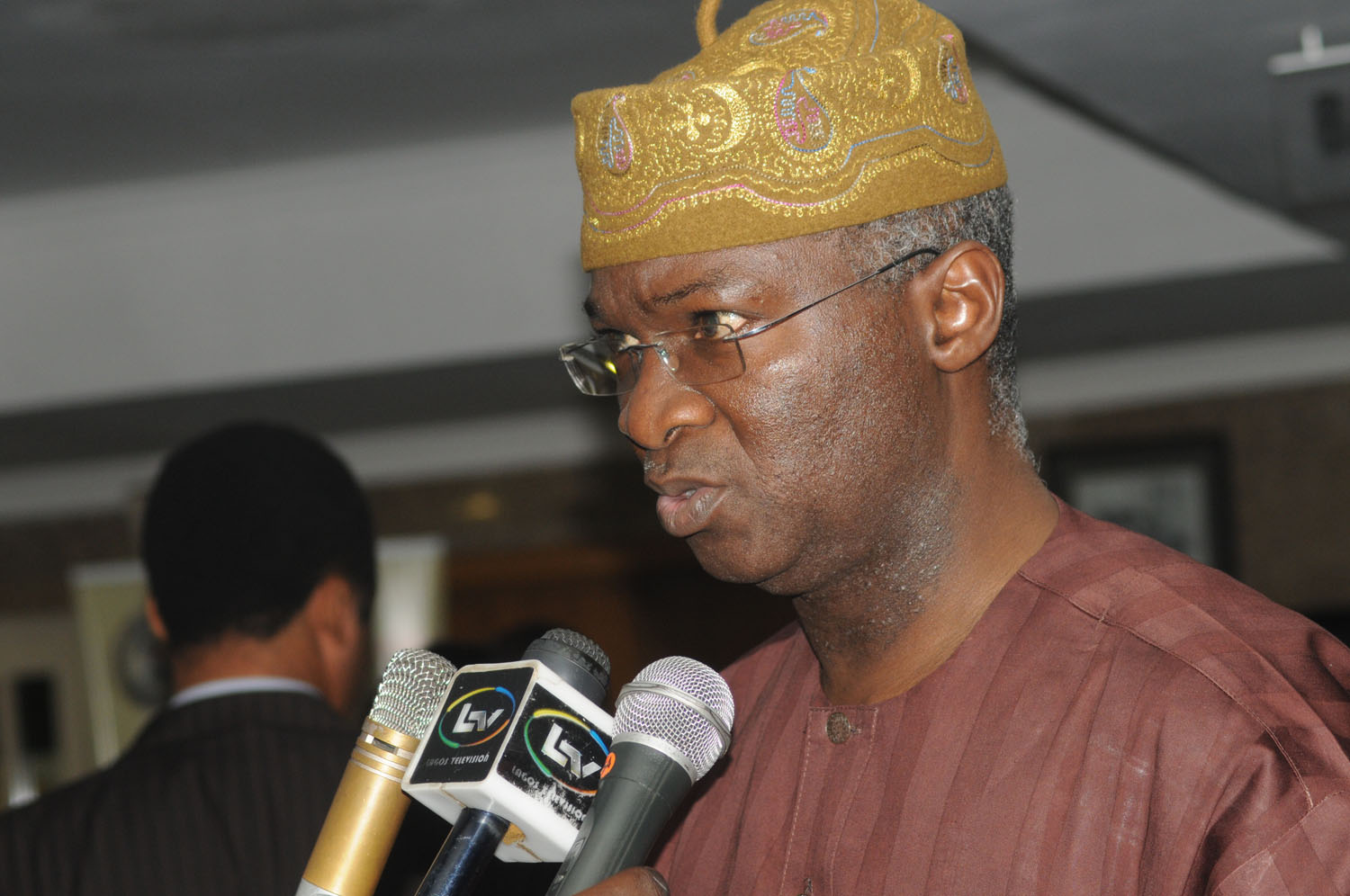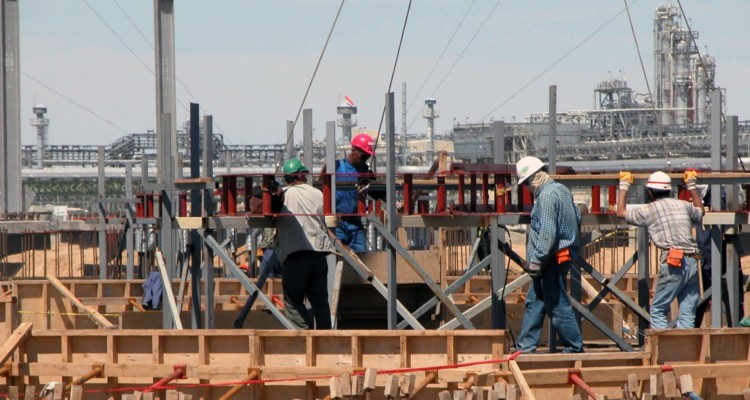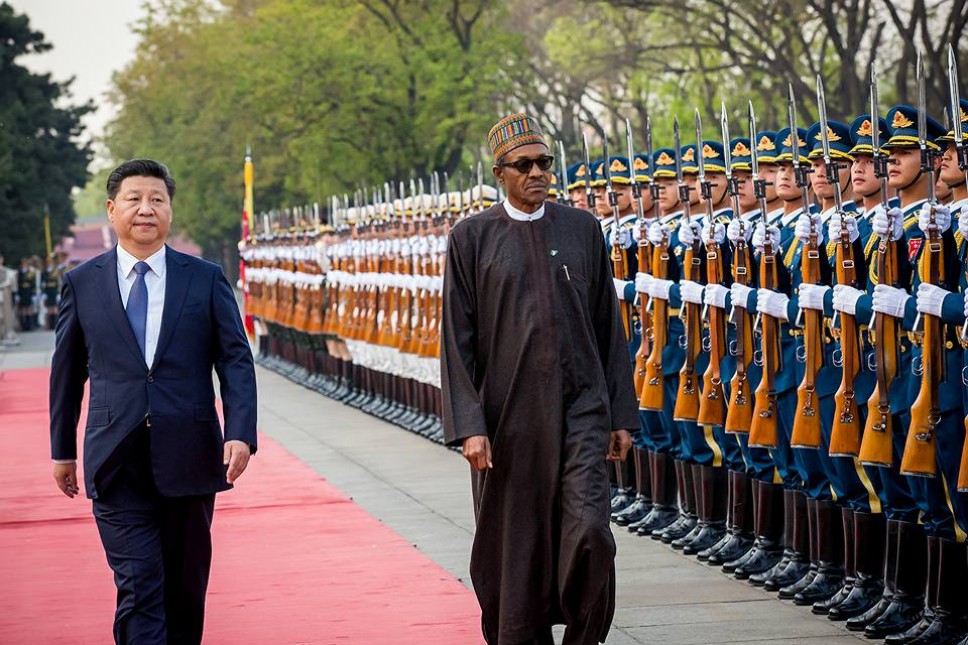BY CALIXTHUS OKORUWA
The August 2010 “Roadmap for Power Sector Reform” that was produced by the Jonathan administration was to a large extent, a robust plan of action. The document resonated with a clarity of vision and purpose that suggested that considerable discipline and rigour had been expended in its preparation.
The roadmap was upbeat and ambitious. It projected that to meet the Vision 20:2020 target of 40,000MW of electricity by 2020, the Nigerian power industry would require annual investment in the power sector of at least USD10billion.
The roadmap was mindful of the need of the power sector to be financially viable across the entire spectrum as this is obviously a major incentive to meaningful participation by serious investors. Through-the-spectrum financial viability implied that fundamentally, electricity tariffs needed to be tactfully increased in such a way that ultimately, tariffs truly reflected the reality of the cost it took to generate and distribute power.
The hydro-power generating plants in Kainji, Jebba and Shiroro were to be concessioned rather than sold. This was in the light, not only of the massive capital outlay which selling would have entailed but also in the light of other considerations such as water rights issues especially given the centrality of water to the host communities of these dams. These plants of course, have since been concessioned.
Advertisement
The thermal generating plants were also planned to be sold to private sector investors who would take up a minimum of 51% equity. This has since happened, even though allegations are rife that in many cases, the plants were sold to the wrong investors. In some instances, even where the OEMs who installed these plants made bids for the plants, they were deliberately by-passed and the plants sold-off to consortia of strange bed fellows with little or no industry experience or expertise but united in the quest to profiteer from a sector they apparently barely understood.
The roadmap also talked about ensuring a gradual increase in the overall quantum of power made available to electricity consumers across Nigeria.
Another objective of the plan was to ensure a more predictable and less erratic regime of power supply. Doing this, the plan said, would mean that rather than dispatching all the available generating capacity all of the time, the System Operator would strive to keep power generation steady and relatively predictable.
Advertisement
The 2010 plan predicted timelines for some of its projected improvements. By December 2013 it projected, 14,000MW of power generation capacity, would be available in Nigeria.
The roadmap also recognized the weakness of Nigeria’s transmission infrastructure, identifying this as the weakest link in the entire value chain. A management contractor would take over the Transmission Company of Nigeria and bear responsibility for revving up investments in the expansion of the infrastructure in order to beef up reliability, stability and uptake. Indeed, the roadmap talked about plans to build a new “super transmission network” which would among others help to evacuate power from the proposed Mambilla hydropower plant.
One of the hallmarks of the lofty 2010 plan is that close to 6 years after it was unveiled, Nigeria still totters on circa 5000MW of generating capacity and transmission capacity respectively.
Several factors including corruption, insincerity of purpose as well as hordes of genuine problems that hallmark the famed difficulty of doing business in Nigeria can be adduced for the failure of this otherwise meticulous plan so far. One of the most instructive contributors to the failure of the plan, in my view, has been citizen disinterest. Citizen interest is a factor that is often not recognized as a key index for success and which therefore, government often tends to mismanage. What were the core objectives of the plan? How did the plan seek to strategically implement them? What were the critical milestones? What did these milestones entail and of what benefit were they to the electricity consumer? Which of the milestones had been achieved? If any milestones were deferred, why was this so? Why for instance, did electricity tariffs need to be increased? Why do consumers receive estimated charges rather than proper bills? When is this perceived fraudulent estimated billing regime likely to be fully replaced with a proper billing structure?
Advertisement
For many years, there was hardly a structured approach at engaging the public and critical stakeholders on these and other issues in the power sector. Not unexpectedly, therefore, initial excitement was soon replaced first with distrust and thereafter, sheer derision of the entire power program especially in the face of the darkness and epileptic power supply that epitomised the public perception of a seeming lack of progress in the power industry. In losing the interest and passion of the public, the country also lost the immense power of public oversight which can be invaluable at helping an industry record rapid progress
Mr. Babatunde Fashola, the minister with responsibility for the pivotal power sector has recently unveiled his roadmap for the power sector. Fashola’s roadmap, unveiled at the launch of a book that celebrates his years as governor of Lagos State, is in many ways a re-statement of the very same lofty plans in the 2010 roadmap. Perhaps because the Fashola Roadmap took the form of remarks at a book launch, it is considerably more succinct and therefore easier to follow and understand than the elaborate Power Roadmap of 2010.
Thankfully, Fashola himself admits that the roadmap which he shared with the public was just a “summary.” We therefore trust that a far more comprehensive roadmap resides somewhere in his offices.
Fashola’s Power Ministry has made some progress
Advertisement
Fashola informs Nigerians that the overhauls of the hydro power plants are progressing well, manifest in the increasing megawatts of power which these plants are now delivering and are poised to deliver in the future. He also talks about the progress that has been recorded for example in Egbin plant in Ikorodu where all of the 6 installed turbines are now functional.
Fashola’s power ministry has also been resolving problems and conflict within the sector, many of which are protracted. Examples were made of the Aba Power Plant versus Enugu Distribution Company, which has now been practically resolved and the Zungeru Power Plant in Niger State which is now back on track with over 800 workers on site despite having been held up in court for several years.
Advertisement
The Fashola Power Roadmap, however, runs the risk of going the route of the earlier roadmap if it doesn’t cultivate the attention, interest and passion of its most important stakeholder, the citizen. This would require that the ministry be far more transparent and forthcoming with answers to critical issues than it has so far. Bracing up to provide answers to hard questions should in turn force the ministry to be more bullish and pragmatic in its approach to delivering power to Nigeria.
Setting unrealistic targets for the power sector
Advertisement
It is instructive that Fashola’s Power Roadmap may have tactically reduced Nigeria’s power target over the next 5 years, by half. According to the minister, Transmission Company of Nigeria, “TCN, has expressed a desire” to increase transmission capacity from today’s 5000MW through to 20,000MW over the next five years (by 2020). Technically, this would imply that government may have cut its initial target of generating 40,000MW by 2020 by half. For, the government cannot realistically have a power generation target of double that which it can transmit. In any case, if a 10-year plan has only been able to deliver in the first 5 years, 5000MW of a projected 40,000MW, then it is only realistic that with barely 5 years to the deadline, the target ought to be reviewed downwards.
In talking about a “desire” by the Transmission Company to increase capacity in a stepwise fashion to 20,000MW over the next five years, however, Fashola does not propose any tangible other than to add that he has demanded implementation plans for each stage, including detailed quantities, design and cost elements.
Advertisement
What is the basis of the “desire” by the Transmission Company of Nigeria to increase transmission capacity to 20,000MW by 2020? Was there a proper feasibility study that articulated the technical, manpower, financial and other considerations?
Even in the face of the paucity of information regarding investment in the power sector, it is clear that the 40,000MW target by 2020 has long been unrealistic. But if the earlier target of 40,000MW was rather spurious, is there anything to suggest that the new 20,000MW target is realistic? How does the government intend to catalyze developments in the power sector to the extent that Nigeria will achieve a 400 percent rise in power generating capacity in a mere five years?
What is the value of private-sector-led investment inflow into the power sector so far?
Fashola’s roadmap was completely silent on the level of private sector funding that has so far gone into the power sector. Is the data unavailable or was this a case of inability or unwillingness to gather and process data? For, such vital information would have provided a pointer of sorts into the kind of progress or lack of it that the power sector is making. By way of comparison, for instance, the telecom sector at every opportunity avails the general public of the current level of investment in that sector. Even though estimates may vary from time-to-time, depending on who (minister or Nigeria Communications Commission) is making them, they provide a platform with which to assess growth in the sector, in the assumption that all investment ultimately translates to value in the sector. This is a critical step in helping to redress public indifference and even galvanize support for the power sector.
How does government plan to fast-track investment in the power generation sector?
If there are gaps in the level of capital inflow which the power sector has so far generated, what is the government doing to plug these gaps? Again, here, Fashola was conspicuously silent.
Tariffs were long identified as a key element in the entire value chain. As we mentioned earlier, the government rightly identified that unless tariffs paid by consumers are reflective of the costs of generating and distributing power, investors would be discouraged from participating in the sector. Instructively, tariffs have since been tactically jacked upwards. Even though the electricity tariff hike has met with popular opposition and sometimes, outright derision especially in the face of a power regime that is widely perceived to have made no progress whatsoever, the truth is that educating the public on the imperative of this hike would have helped to foster better understanding and appreciation of the issues by the consuming public. In turn, it would have fostered a greater willingness to pay these bills.
Fashola’s Roadmap does not mention anything about the progress so far made with increasing tariffs, how this has impacted on the fortunes and abilities of industry players and perhaps how this may affect prospective players including investors. He doesn’t mention any future plans to increase tariffs either, even though this might be inevitable as it is unlikely that he current tariffs especially in the face of Naira devaluation and inflation can impact the value chain optimally. But perhaps, this omission has been occasioned by political correctness. Given the customer experience so far regarding the power industry, a hint of a future increase, if indeed there will be increases, may be impolitic.
Government ministries, departments and agencies have also been notorious defaulters in the area of payment of electricity bills. What is being done to redress this? Are there specific incentives in the power sector for instance with which the power ministry is enticing investors? Given the challenges that the distribution companies are facing with installing electricity meters in consumers’ abodes, why are they not being incentivised to patronize local manufacturers or assemblers of electricity meters, for instance? Is government thinking in this direction?
Ease of conducting business
Power sector operatives whom this writer discussed with in the course of preparing this paper are of the view that one would be fortunate to finalize a project-financed power project that should ordinarily take 18 months within five years because of the sheer disorganisation, opacity and inefficiencies that surround the legal, regulatory and commercial environments.
Fashola did not bother to talk about this critical issue of redressing the famed difficulty of conducting business in Nigeria. What is being done to rid the country of the hordes of rent-seeking roadblocks – from the dozens of often spurious “permits” that sundry government agencies seek, to the plethora of often duplicating taxes through to the physical intimidation of workers by communities and “area boys” among many others.
Imperative of port reforms
Fashola mentioned the problem with 907 containers containing equipment (for transmission ostensibly) long abandoned at the ports and which have since accumulated demurrage and other charges. He affirms that the president has given approval for the release of these shipments and explains that he is now working on the logistics of efficiently evacuating these containers from the ports to proactively avert a situation where they do not pose a similar problem upon evacuation. The question however, is, what could have led to a situation where so many equipment-bearing containers are abandoned at the ports? Was processing at the ports seamless? Was processing at the ports sluggish and bureaucratic to the point that the containers had accumulated charges that had made further clearance of the goods meaningless to the importers? If as I suspect, the latter may have been the case, what is the government doing with regard to reforming the ports and its processes? Should we be realistically talking about revving up a logistic-intensive power sector and unveiling power targets every now and then when we have an evidently dysfunctional port regime?
Interestingly, Fashola states that 140 turbines which have a collective capacity of some 12,341MW ought to be functional and generating power from Nigeria’s 25 power plants (excluding the AES plant). Unfortunately, only about 78 of these turbines work at the best of times, providing the peak power generation of 5,074 which the country experienced recently, prior to the destruction of the Forcados pipeline by Niger delta militants amongst other recent acts of vandalism.
Given that the generation companies have either been concessioned or sold and are therefore now in private hands, what has caused the delay in their ability to bring their plants to full functionality? Have the plants been so damaged by irregular maintenance over the years that it is impossible to replace the damaged or dysfunctional turbines? Are the generating companies unable to access the capital to finance these repairs or replacements or is the problem with how quickly they can access this capital? On the other hand, could the problem be that of an unavailability of expertise? Have the privatised generation companies deliberately chosen not to maintain their infrastructure? Fashola does not say. He merely gives the impression that the overhaul is currently ongoing which will help guarantee “incremental power.” At what pace can these companies carry out these overhauls if the business environment retains the difficulty for which it is renowned? Is “incremental power” truly feasible or a mere political rhetoric?
Enriching the power mix
Fashola indicates that there is an imperative to enrich the power mix by embracing other means of power generation, than water and gas. Using the example of the 215MW plant in Kaduna which was designed to utilize gas despite being hundreds of kilometres away from the gas source, he illustrates why government has resolved never to site power plants far from their fuel source.
He asserts that “we are working round the clock within the ministry and with others like Solid Minerals, Water Resources and Ministry of Environment to deliver an energy mix that will assist power production, investors and all stakeholders on how to site solar power in the North, Hydro power in the North and North Central, coal in the North Central and South East and gas in the South West and South.”
Perhaps in support of these assertions, Fashola adds that the Ministry of Water Resources is providing his ministry with data of dams and water sources that have fallen into disuse and neglect. He adds that the Ministry of Solid Minerals has provided data on the coal deposits that can support coal power initiatives. With the collaboration of the Ministry of Environment, “we have resolved the framework” for ultimately licensing over a dozen prospectors to generate over 1000MW of solar energy, he says.
Impressive as these may sound, however, one is almost tempted of accusing Mr. Fashola of playing the politician card, that is, not backing up his assertions with sufficient fact to make them plausible. What is the “energy mix” that he is talking about? Is it an investor blueprint of sorts? Is it a road map of sorts? Where is the evidence that such an “energy mix” is being developed? Does the expertise to develop such an “energy mix” truly reside locally in the aforementioned ministries? If not, which offshore partners are providing the relevant technical advisory support? When will the “energy mix” be delivered and to whom?
Rural Electrification
Fashola says there is a plan for rural electricity which ought to have been completed in 2006 but which he will complete by June. He says the plan will detail how government intends to supply power to many of the vulnerable among us who live in rural areas.
It will be interesting to see how this plan, when it is unveiled in June, intends to specifically address the power needs of the poor and vulnerable in rural areas.
Mambilla Hydropower Plant
Mr. Fashola’s roadmap also includes the “construction and delivery” of the Mambilla Hydropower plant which is expected to deliver 3000MW. The feasibility report and the Environmental Impact Assessment for this project, have been concluded, he says. Whatever else is being done by Fashola regarding this project which has been on the proverbial “drawing board” since 1982, is captured in his statement “we move one day at a time closer to starting Mambilla.” There is no hint of what the feasibility report says regarding such critical issues as funding, neither are there timelines of any sort.
Nigerian Electricity Regulatory Commission
Fashola admits that but for time constraints, he would have addressed the issue of the industry’s regulatory agency among a few other issues. It is hoped that he is currently in the throes of reconstituting the commission with competent people who share a vision of a power industry that runs on the profit-incentive and associated efficiencies of the private sector. Such people will need to recognize the imperative of investment in the sector and why regulation must keenly encourage inflow of capital into this very vital industry.
NIPP Projects
Fashola was silent on the NIPP Projects. The 2010 Power Sector Roadmap gave a December 2013 deadline for the completion of the NIPP projects by which time they were expected to contribute about 5000MW to the national grid. Was this target achieved? If not, why was it not achieved and what are the remedial plans to help ensure that these plants are finalized? What is the timeline for this?
Engaging Nigerians and bringing the power sector to the fore of public consciousness
Fashola urgently needs to rekindle interest by the public in the power sector. Such interest will be critical at helping to mobilize social support including oversight for the activities in the sector. Social oversight is even more critical than presidential oversight. Such oversight will help the industry strive to achieve set targets even while availing the industry of the moral and other support with which to overcome some of its challenges including the problems of tariff collection among others.
In rekindling interest, however, Fashola would need to discard the politician garment and step into the SMART mode of the private sector. Doing so implies that he would increasingly need to underscore the objectives of the ministry with benchmarks that are Specific, Measurable, Actionable, Result-oriented and Timely. This way, stakeholders can have tangible aspects of the overall power roadmap on which to demand accountability from the government. Such an approach will not have much use for vacuous statements like “Sooner rather than later, we will resolve the metering gap” and “all of us are required to pay our bills, especially Government consumers.”
Thankfully, Fashola discloses that “we are developing multi-pronged information channels…that will help enlighten our people…in the weeks and months to come.” It is hoped that those channels will take cognisance of the imperative of mobilizing massive public support and goodwill for a sector that is so pivotal for Nigeria’s future. Doing so will entail publicising milestones as they are achieved and providing explanations to the Nigerian people when the milestones are missed. It will entail providing facts and figures to Nigerians on a regular basis. It will entail regularly reinforcing in the public psyche the essence and benefits of the power reform agenda. Most importantly, it will entail Mr. Fashola opening himself and the industry up for constant interrogation and scrutiny. No doubt, this could be costly in a democratic dispensation but the benefits to progress in the industry should be well worth it.
Okoruwa works for XLR8, a Lagos-headquartered communications consultancy
Views expressed by contributors are strictly personal and not of TheCable.
Add a comment






